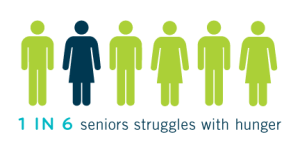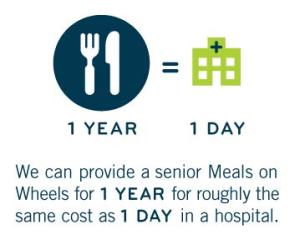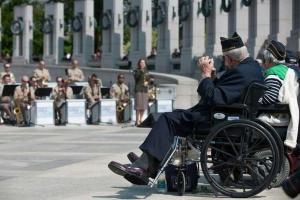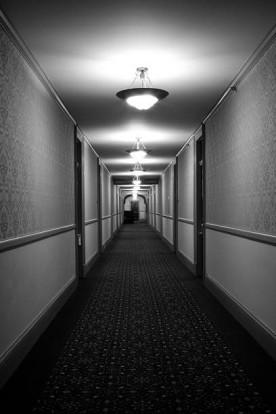This blog post was written by Meagan McKinstry, a second year law student from Northeastern University School of Law and an Equal Justice Works Elder Justice Americorps law student who worked with the Elder Abuse Prevention Project this Summer. This is the second post in a two-part series written by Meagan and focusing on LGBT elders.

Despite efforts to raise awareness about the existence, nature, and prevalence of elder abuse, there continues to be a shortage of data on the topic. Naturally, this means there is a lack of data on elder abuse as experienced by LGBT elders. However, even without numbers, the lived experiences of LGBT elders in the past and present inform us that they deal with not only the standard forms of elder abuse – physical or mental abuse, financial exploitation, fraud, and neglect, to name a few – but also unique forms of abuse that non-LGBT elders do not encounter. These LGBT-specific forms of abuse occur both in and out of long term care facilities.
LGBT Elder Abuse in Long Term Care Facilities
37% of LGBT respondents reported that they had been physically or verbally harassed while living in or visiting someone living in long term care. [1] There are many other ways that LGBT elders experience abuse while in long term care, including forced isolation, neglect, and disrespect for personal identity. There are at least two ways that care facilities impose isolation on LGBT elders. First, LGBT elders are sometimes denied visitors [2], which limits their ability to receive outside support and combat the loneliness that LGBT elders are already more susceptible to. Second, if a same-sex couple lives in the same facility, they may be forced to live in separate rooms instead of being permitted to live as a couple. [2] This obviously separates the elder from a key pillar of love and social support, and it (as well as the denial of visitors) contributes to an atmosphere where LGBT elders who remain closeted are afraid to come out, which means they must suffer alone in the knowledge that they are neither accepted nor welcome. Neglect is another form of abuse that LGBT elders in long-term care may experience. This takes place in the form of denying LGBT elders personal care services due to anti-LGBT prejudice. [2] Depending on which services are withheld, the elder’s health could be jeopardized. For example, facility employees who are reluctant to bathe an elderly transgender person because of that person’s anatomy. Another form of abuse occurs in facilities where transgender women are forced to live with men, and vice versa. [2]. Trans folks do not choose their gender any more than other people do, and they should be allowed to live in conditions that honor who they truly are. Disrespect of personal identity in these situations is a form of abuse.
LGBT-Specific Elder Abuse
Most of the examples of abuse discussed above connect to the elder’s sexuality or gender identity in some way. The same is true in this next section, except the abuses are not specific to long-term care. They could be perpetrated by all categories of abusers (family, friends, strangers, etc.) and affect LGBT elders in all sorts of living situations. Many of the abuses involve an abuser using the person’s sexuality to their advantage. For example, they might threaten to “out” the elder (i.e. reveal the elder’s sexual orientation or gender identity against their wishes) if the elder seeks help or doesn’t do what the abuser wants. [3] Alternatively, the abuser may invoke societal discrimination and negative attitudes toward LGBT people to convince the elder that they can’t expect to be treated any better than the abuser treats them. [3] LGBT elders are in some ways more vulnerable to elder abuse than their straight counterparts. Since they are less likely to be married [4], their money and property is less likely to be protected by marriage and community property laws, making it easier for an abusive partner to take control of the elder’s finances [3]. LGBT elders are also more likely to fear being alone [4], which creates the opportunity for the abuser to take advantage of that fear and use it to dissuade the elder from seeking help. [3] Estrangement from biological family additionally makes the elder easier to isolate, thereby keeping them from accessing alternative resources. [3]
What Can Be Done
Increased awareness, education, and cultural competency are critical to reducing the bias and discrimination that underlies much of the abuse LGBT elders face, particularly in long-term care facilities. There is a lot of work to be done, but with continued efforts, advocates can eliminate the differences between the treatment of LGBT and non-LGBT elders, as well as ensure greater protection from abuse for all elders.
Sources:
[1] http://www.lgbtmap.org/file/Older-Adults-Religious-Exemptions.pdf
[2] https://issuu.com/lgbtagingcenter/docs/researchbrief_lgbt_elders
[3] https://issuu.com/lgbtagingcenter/docs/self-help_elderabuse_guide
[4] http://www.lgbtmap.org/file/understanding-issues-facing-lgbt-older-adults.pdf





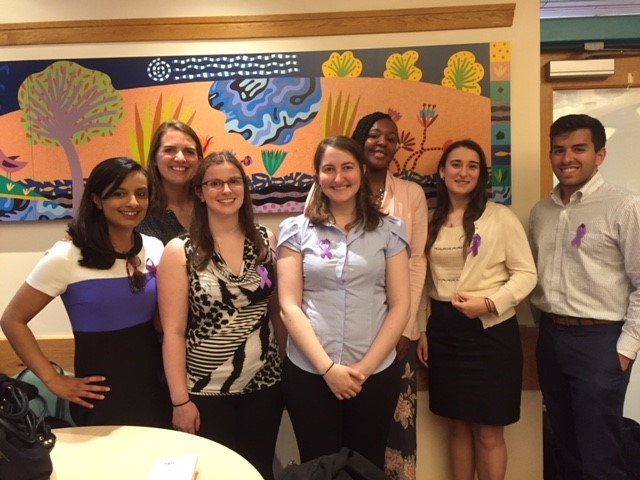
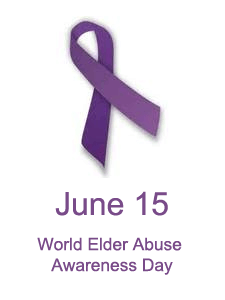 The Cambridge Council on Aging and Somerville-Cambridge Elder Services will distribute purple ribbons this June to raise awareness about elder abuse. June is Elder Abuse Awareness Month.
The Cambridge Council on Aging and Somerville-Cambridge Elder Services will distribute purple ribbons this June to raise awareness about elder abuse. June is Elder Abuse Awareness Month. A recent article in the
A recent article in the 